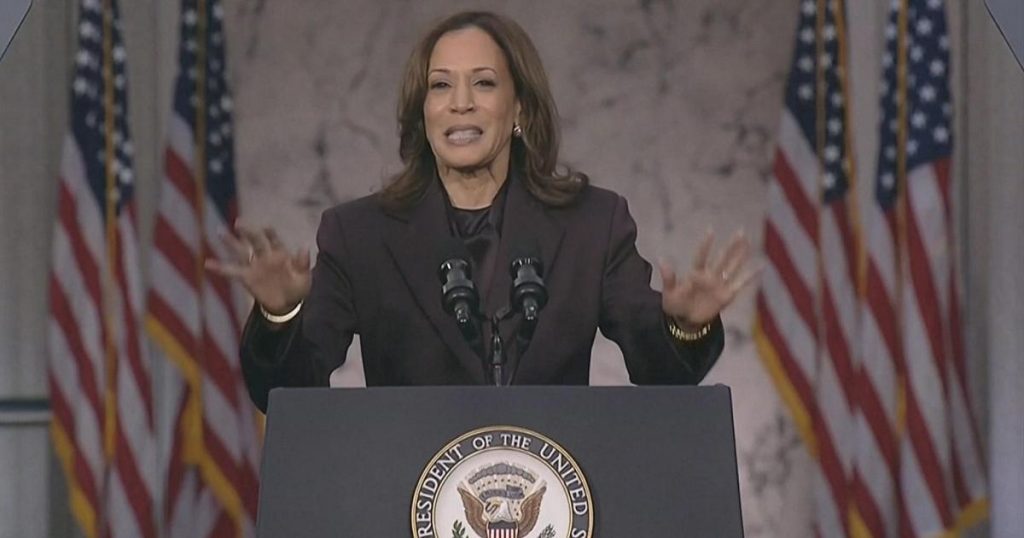Kamala Harris is not yet thinking about the future in politics as the wound of defeat is still too fresh for her to look ahead clearly. Speculating about the path she will take is premature, but friends and advisors report that the vice president may have various options to choose from once the timing is right. While the possibility of her staying in politics is remote at the moment, Harris has access to a wide network of donors who may support her in seeking to break the glass ceiling in the future. Harris is unlikely to decide to run for the Senate again as the two senators representing California were recently elected. However, she may aspire to become the governor of California, succeeding Gavin Newsom if he decides to run for president in 2028.
Among the institutional roles Harris could potentially fill, some dream that President-elect Joe Biden might nominate her to the Supreme Court before leaving the White House. However, this is an unrealistic scenario given the current circumstances. The most credible options for Harris at the moment, according to her allies, include entering the private sector, possibly as a lobbyist, or joining a think tank where she could continue to advocate for her causes without the restrictions imposed by the role of Vice President. She could also consider writing a book, similar to Hillary Clinton’s post-defeat move in 2016. After spending her last 70 days in the White House, Harris plans to take some time for herself and contemplate her next steps, possibly involving walks and indulging in some uneaten airplane food.
Governors like Democratic Gavin Newsom of California and J.B. Pritzker of Illinois are leading the resistance against Trump and could potentially run for the White House in four years, leaving Kamala Harris with the opportunity to run for governor of California. In the face of a Republican-controlled White House and Senate, Democratic governors of influential states remain a crucial source of power for the party in the checks and balances system established by the constitution. Governors have emerged as an anti-Trump force, and potential candidates like Newsom and Pritzker are seen as potential rivals for future presidential elections.
Large and populous states like California will play a significant role in the resistance against Trump. Emergency plans in case of Trump’s re-election were already in place in Sacramento, with Newsom emphasizing the importance of defending essential freedoms against possible attacks. California’s economic significance as one of the world’s top five economies, with over 39 million inhabitants and a GDP of over $3 trillion, allows the state to influence markets and national policies. Other Democratic-led states are expected to join California in resisting potential federal overreach by the Republicans, especially if they control both the House and Senate. House Speaker Hakeem Jeffries is poised to become another leader in the Democratic resistance against Trump, promising to defend democracy against any threats.
The future lineup of potential presidential candidates for the Democrats in 2028 includes not only Newsom and Pritzker but also figures like Gretchen Whitmer of Michigan, Josh Shapiro of Pennsylvania, Andy Beshear of Kentucky, Wes Moore of Maryland, and Hakeem Jeffries in Congress. These emerging leaders are seen as a source of hope for the Democratic base in a post-Trump future. As Trump’s presidency is limited to a maximum of four years, and with the constitutional constraints on a potential second term, these governors and lawmakers are seen as essential in shaping the Democratic Party’s future direction and response to challenges at the state and national levels.















